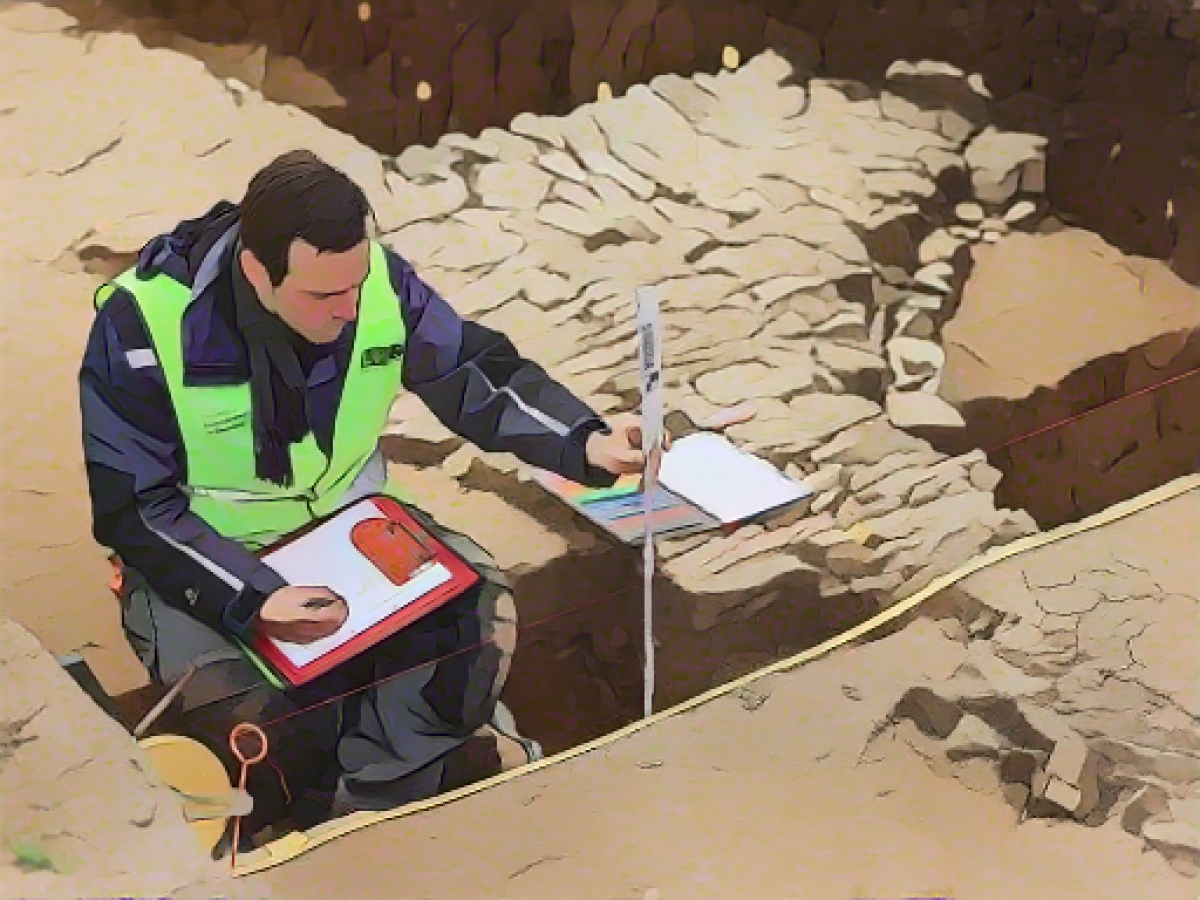Archaeologists discover 2000-year-old palace near Xanten
Archaeologists have discovered the remains of a 2,000-year-old palace underground near the former Roman camp near Xanten on the Lower Rhine. The building, measuring around 100 by 100 meters, was found during the evaluation of ground measurements with a so-called georadar. The floor plan resembles the residences of Roman governors, according to the Office for the Preservation of Monuments in the Rhineland.
The new discovery confirms the assumption that the civilian settlement at the gates of the Roman legionary camp Vetera castra with its up to 10,000 soldiers was significantly larger than previously assumed and had an urban character, said a spokesperson.
The foundations of a building complex measuring around 60 by 20 meters had already been uncovered during excavations on the Fürstenberg south of Xanten in the spring. This turned out to be a Roman bath complex. Together with the palace remains that have now been found, it is not unlikely that a civilian suburb with several thousand people - possibly members of the soldiers, craftsmen and traders - actually existed before the soldiers' camp, according to the experts.
Further research would have to reveal more details, the office emphasized. The suspected palace is located in the uneven terrain, in some places only 30 centimetres, in others up to two meters below the surface. The site is partly privately owned and used for agriculture and partly belongs to the state office.
According to the Roman historian Tacitus (58 to around 120 AD), there was actually a civilian town near the legionary camp, which the Romans are said to have destroyed themselves during the uprising of the West Germanic Batavians in the years 68 to 70 so that it would not fall into the hands of the enemy. The former Roman military camp near Xanten has been a UNESCO World Heritage Site since 2021 as part of the Lower Germanic Limes.
This archaeological findings shed light on the rich history of the Roman period in Xanten, as the excavated palace is a testament to the urban character of the civilian settlement near the legionary camp Vetera castra. The palace, dated back to 2000 years ago, adds valuable information to the field of archaeology and Roman history.
Source: www.dpa.com








